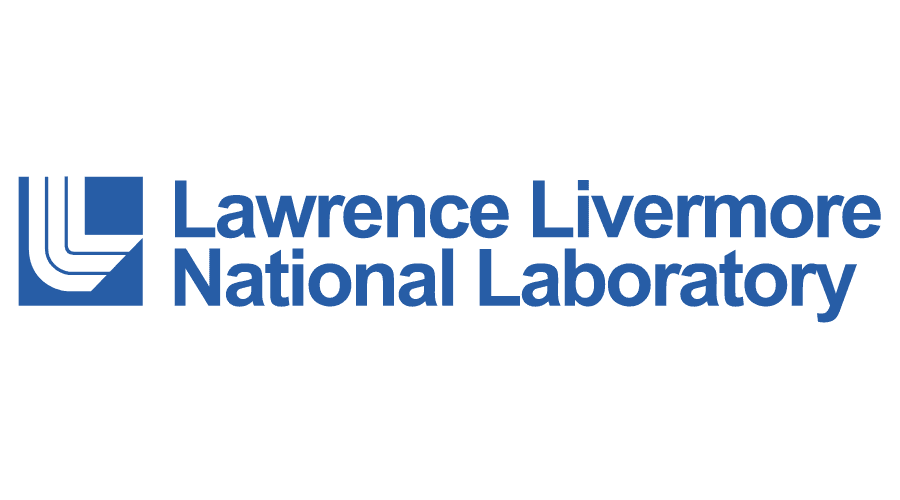Part 1 of 2 Parts
I post about nuclear fusion although it is not yet a source of energy for our civilization. It holds the promise of being cheaper, safer and smaller than the huge nuclear fission power plants in operation. There are multiple design approaches to the creation of a fusion reactor and many laboratories exploring and developing prototypes. It used to be a running joke that nuclear fusion is always forty years away. Given all the effort and money being put into fusion, that joke may have to be retired.
Some companies hope to have a prototype of a commercial fusion reactor in five years. That may be overly optimistic, but I believe fusion power will be available soon. Two main approaches to nuclear fusion are the use of extreme magnetic fields to confine and heat a plasma and the use of powerful lasers to blast a pellet of fuel. Today’s post will be about a new approach that employs both lasers and power magnets.
The main goal of fusion research is to be able to construct a reactor which can generate more energy than it consumes. Researchers have used intense lasers and millimeter pellets of hydrogen fuel to create extreme conditions like those that exist in the core of the Sun. This approach is referred to as “inertial confinement.” This is exceedingly difficult because it requires high-precision experiments at extreme conditions. However, researchers have made major advances in the science and technology required to produce controlled fusion in the laboratory in recent decades.
Arijit Bose is a fusion researcher at the University of Delaware. He is an assistant professor in the University’s Department of Physics and Astronomy who started his fusion research during graduate school at the University of Rochester. After a tour of the Laboratory for Laser Energetics at Rochester where lasers are used to implode spherical capsules of hydrogen isotopes to create plasmas, he decided to devote his research to fusion. He said, “Fusion is what powers everything on Earth. To have a miniature sun on Earth—a millimeter-sized sun—that's where the fusion reaction would happen. And that blew my mind.”
Inertial confinement research started at Lawrence Livermore National Laboratory (LLNL) in the Seventies. LLNL now hosts the biggest laser system in the world. It is the size of three football fields. An indirect approach is used for their fusion research. First, lasers are fired into a small four inch sized can made of gold. The laser beams hit the inner surface of the can and produce X-rays. These X-rays bombard the real target which is a tiny sphere made of frozen deuterium and tritium which are isotopes of hydrogen containing neutrons. The X-rays heat the capsule of hydrogen to temperatures that are close to the those found in the core of the Sun. Bose said that "Nothing can survive that. Electrons are stripped from the atoms and the ions are moving so fast that they collide and fuse.”
Please read Part 2 next
Nuclear Fusion 188 - University of Delaware Team Adds Magnetic Fields To Laser Fusion System - Part 1 of 2 Parts
Nuclear Fusion 188 - University of Delaware Team Adds Magnetic Fields To Laser Fusion System - Part 1 of 2 Parts
Latitude 47.704656 Longitude -122.318745
